Baking Mexican pan dulce is a delightful art that brings together tradition, creativity, and delicious results. Whether you’re a seasoned baker or new to the craft, mastering the creation of authentic Mexican sweet bread can elevate your culinary skills. This versatile dish, often referred to as “conchas” or “pan dulce,” offers a wide range of variations, from classic recipes to innovative twists that cater to modern tastes. In this comprehensive guide, we’ll explore everything you need to know about baking Mexican pan dulce, including essential ingredients, expert baking techniques, and creative ways to customize your recipes. Discover the secrets to achieving fluffy, golden-brown conchas, learn about the rich history behind this beloved treat, and find out how to pair it perfectly with a variety of dishes. Whether you’re preparing for a special occasion or simply satisfying your sweet tooth, this article will provide you with all the tools and insights needed to master baking Mexican pan dulce. Dive in and embark on a journey to discover the magic of this iconic dessert!
Key Takeaways
- Mexican Pan Dulce Origin: Pan dulce is a distinctly Mexican creation, rooted in the country’s rich culinary heritage and traditions.
- Popular Types: Discover the top varieties, including conchas, empanadas, bocoles, and elotes, each offering unique textures and flavors.
- Pairing Ideas: Enhance your pan dulce experience with coffee, hot chocolate, fresh fruit, or cheese for a perfect balance of sweet and savory.
- Cultural Significance: Explore the deep-rooted history and traditional baking techniques that make pan dulce a beloved part of Mexican culture.
- Versatility: From simple snacks to elaborate desserts, pan dulce’s flexibility makes it ideal for various occasions and tastes.
- Authentic Recipes: Dive into authentic Mexican recipes and learn how to bring the rich flavors of pan dulce into your kitchen.
- Festive Traditions: Enjoy pan dulce during celebrations like Día de los Muertos or as part of a hearty breakfast or dessert platter.
- Culinary Adventures: Whether you’re a novice or a pro, baking pan dulce is a rewarding culinary adventure waiting to happen.
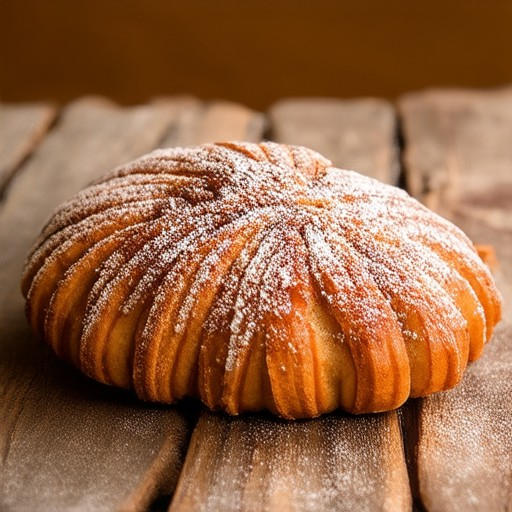
How to Know When Your Conchas Are Done Baking
To ensure your conchas are baked to perfection, monitor them carefully during the baking process. Here’s a step-by-step guide:
- Visual Check:** Look for a golden brown color on the top and sides of the conchas. This indicates they are nearing doneness.
- Texture Test:** Gently press the bottom of the concha with your finger. If it leaves a slight dent but springs back, they’re done. If it feels too firm, give them a few more minutes.
- Internal Temperature:** Insert a thermometer into the center of the concha. The internal temperature should reach 190°F . This ensures the center is fully cooked without overbaking the exterior.
- Aroma:** A pleasant, sweet, and slightly nutty aroma usually signifies that your conchas are ready. This can vary depending on the recipe, though.
- Baking Time:** Most concha recipes suggest a baking time of 18 to 24 minutes. Start checking them at 18 minutes and adjust accordingly based on their appearance and texture.
Remember, overbaking can make conchas hard, while underbaking can result in a gummy texture. Trust your eyes and tools to find that perfect balance!
What is the difference between pan dulce and conchas?
Pan dulce and conchas are both traditional Mexican sweet breads, but they have distinct characteristics:
- Pan Dulce: Traditional Mexican sweet bread known for its soft texture and sweet flavor. It is made with a dough that typically includes milk, butter, sugar, and flour. Pan dulce is often enjoyed as a snack or dessert on its own or with additions like jam or cream.
- Conchas: A specific type of pan dulce characterized by its distinctive “shell” texture. Conchas are made by shaping the dough around a filling, often custard or cream cheese, before baking. This creates a crispy exterior surrounding a soft, sweet interior.
Both pan dulce and conchas are popular in Mexican bakeries and are often enjoyed during holidays and special occasions. While pan dulce is a general term for various types of sweet bread, conchas are a specific variety known for their unique shape and texture.
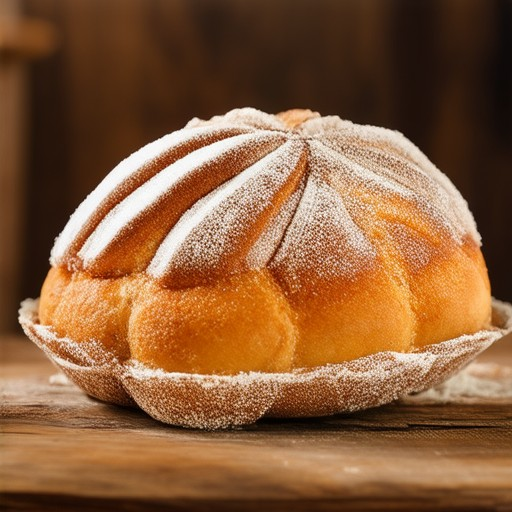
Why Are My Conchas Not Fluffy?
If your conchas (Mexican sweet bread rolls) are lacking their signature fluffy texture, there may be several factors affecting the outcome. Here’s a breakdown of potential issues and solutions:
- Yeast Activity :
- If the milk and yeast mixture isn’t frothy, it indicates the yeast may not be active. A lack of fizz or bubbles suggests the yeast is dead, requiring a new packet. Ensure the mixture is at the correct temperature (around 110°F for instant yeast or 120°F for active dry yeast) and properly aerated.
- Dough Preparation :
- The dough should be smooth and not sticky. Adjustments may be needed based on the type of flour used. Consider using bread flour for better elasticity and structure.
- Rising Time :
- Insufficient rising time can lead to a dense texture. Allow the dough to rise in a warm, draft-free environment for adequate expansion.
- Baking Technique :
- Overbaking or high oven temperatures can cause the conchas to become hard. Use a moderate heat setting and monitor closely towards the end of baking.
- Flour Type :
- Switching to bread flour can enhance the chewiness and fluffiness of the rolls. Ensure measurements are precise to avoid texture issues.
- Steam Method :
- Covering the conchas while baking traps steam, contributing to a softer texture. Use a Dutch oven or cover with foil to mimic professional bakeries.
- Yeast Expiration :
- Expired yeast won’t rise properly. Check the packet’s expiration date and replace it if necessary.
- Environmental Factors :
- Yeast thrives in warmth. If your kitchen is cool, consider placing the dough in a slightly warmer spot or use a proofing box.
By addressing these factors, you can achieve lighter, fluffier conchas. Practice patience and attention to detail in each step to perfect your baking process.
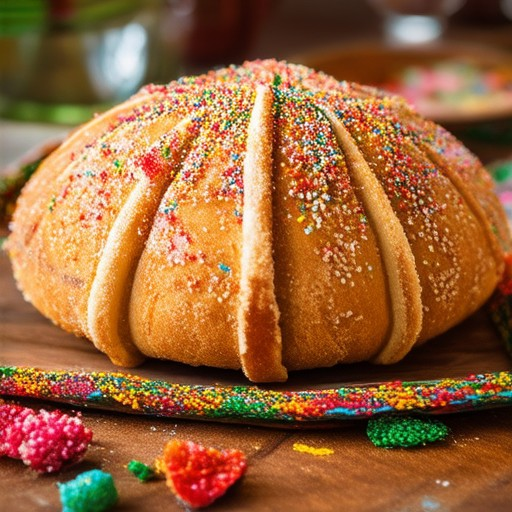
Is pan dulce Mexican or Spanish?
Pan dulce is distinctly Mexican in origin and has deep roots in Mexican cuisine. While other cultures around the world have adapted and developed their own versions of sweet bread, the true creativity and tradition behind pan dulce come from Mexico. The variety and intricate designs of pan dulce are a testament to Mexico’s rich culinary heritage.
If you’re interested in learning more about pan dulce and exploring authentic Mexican recipes, visit our partner site Panito Mole . They offer a wealth of knowledge and resources dedicated to celebrating the unique flavors of Mexican cuisine.
Additionally, if you’d like to explore other types of bread from neighboring regions, you might enjoy learning about Spanish influences in Latin American breads, such as the classic French baguette or the Spanish-style churros, available on their respective Wikipedia pages.
What is the most popular Mexican pan dulce?
The most popular types of pan dulce in Mexico include:
- Conchas : Known for their shell-like shape and soft, sweet texture, conchas are a favorite among many Mexicans. They are often topped with sugar and sometimes filled with cream cheese or fruit.
- Empanadas : These are flaky pastries filled with fruits, nuts, or sweet potato, making them a delicious and versatile option.
- Bocoles : Small, round-shaped pan dulce that are chewy and often enjoyed with a cup of coffee or as a late-night snack.
- Elotes : Sweet corn dough shaped into small cakes, fried, and coated with sugar or cinnamon.
These treats are celebrated for their rich flavors and cultural significance, making them a staple in Mexican bakeries and households.
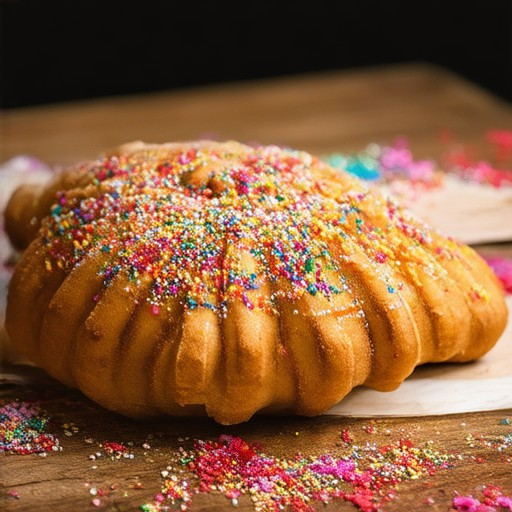
What to Eat Pan Dulce With?
Pan dulce, the iconic Mexican sweet bread, is versatile enough to enjoy on its own or paired with a variety of foods. Here are some excellent pairing suggestions:
- Tea or Coffee : A classic choice, the earthy flavor of pan dulce complements the boldness of black tea or coffee, offering a delightful balance between sweet and bitter.
- Milk or Cream : Sip a glass of warm milk or a dollop of creamy butter to soften the texture of pan dulce, enhancing its rich flavor.
- Hot Chocolate : Pair pan dulce with a steaming mug of hot chocolate, especially during festive seasons like Día de los Muertos, for a cozy and indulgent treat.
- Fresh Fruit : Slice strawberries, mangoes, or melons and enjoy them alongside pan dulce for a refreshing contrast.
- Nutella or Fruit Jam : Spread a thin layer of Nutella or fruit jam for a sweeter twist, blending flavors in a unique way.
- Cheese : Try pan dulce with a sprinkle of mild cheeses like queso fresco for a tangy and savory contrast.
- Honey or Maple Syrup : Drizzle natural sweeteners like honey or maple syrup for a healthier and flavorful enhancement.
- Cajeta : Luxuriate with a drizzle of cajeta (Mexican caramel sauce) for a decadent and rich experience.
- Butter or Margarine : Smear a bit of butter or margarine for a creamy richness that balances the sweet notes.
- Dessert Platters : Include pan dulce in a assortment of Mexican desserts like buñuelos or churros for a festive treat.
- Breakfast Recipes : Integrate pan dulce into breakfast sandwiches or alongside eggs for a satisfying morning meal.
Pan dulce’s versatility allows it to be enjoyed in various ways, from simple snacking to elaborate desserts. Experiment with these pairings to discover new favorite combinations!
Learn more about authentic Mexican recipes and pan dulce traditions
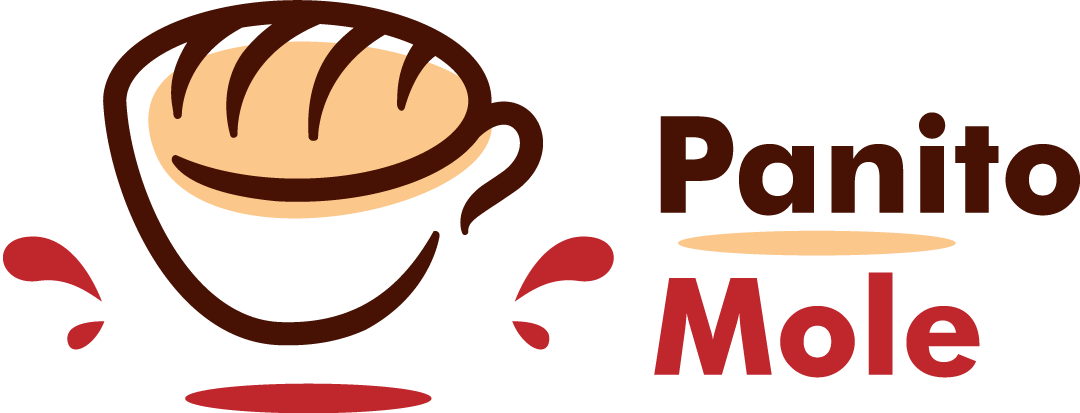
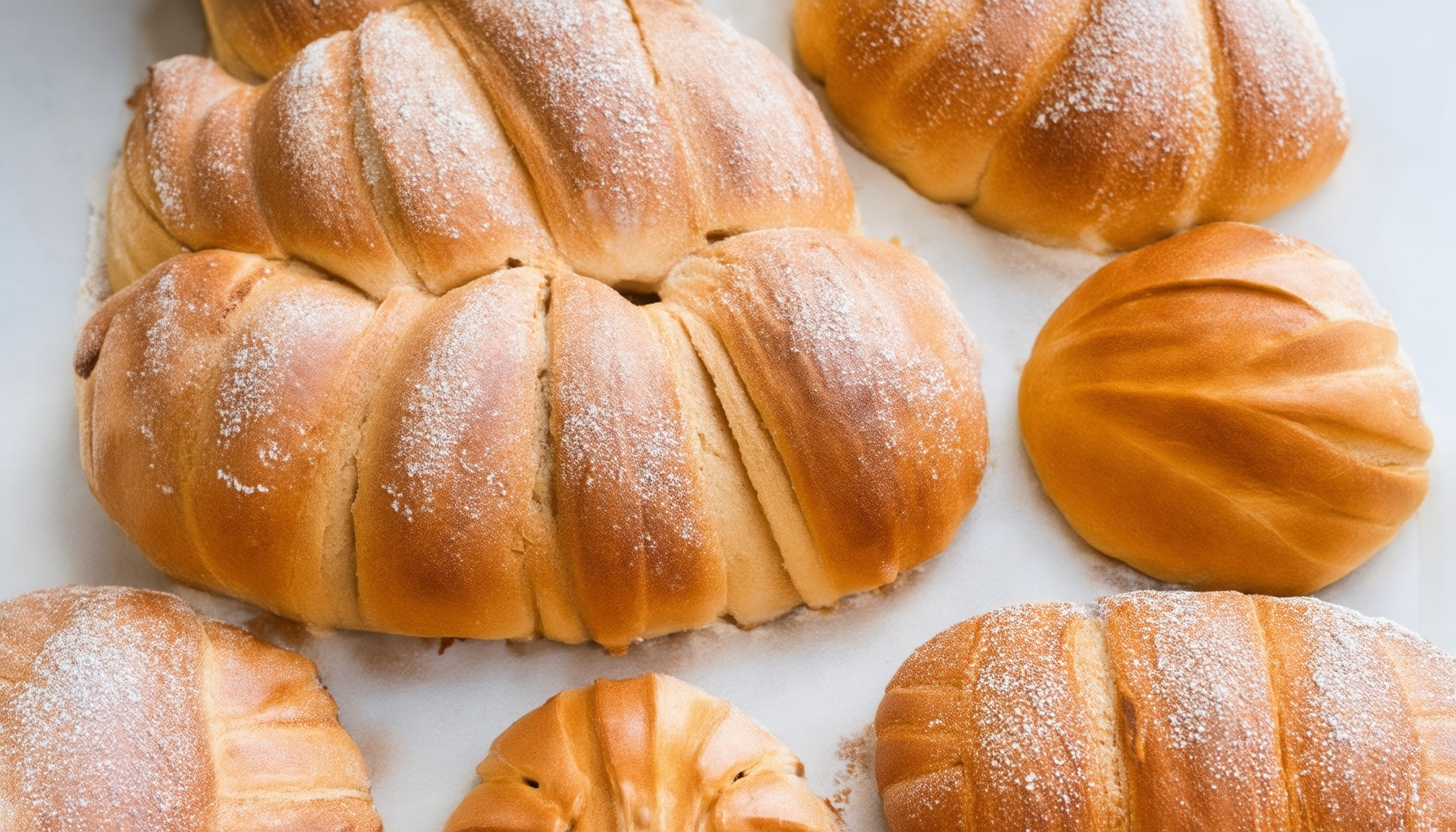
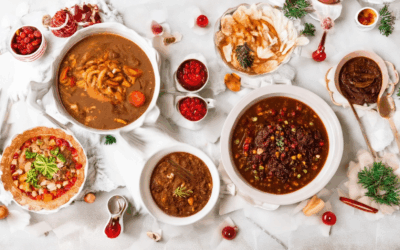
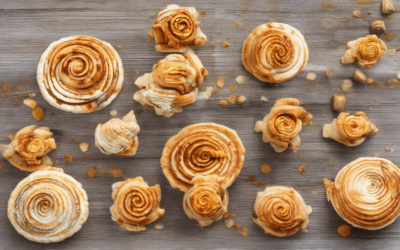
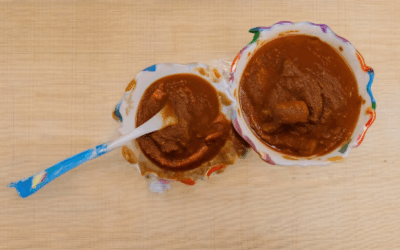
0 Comments